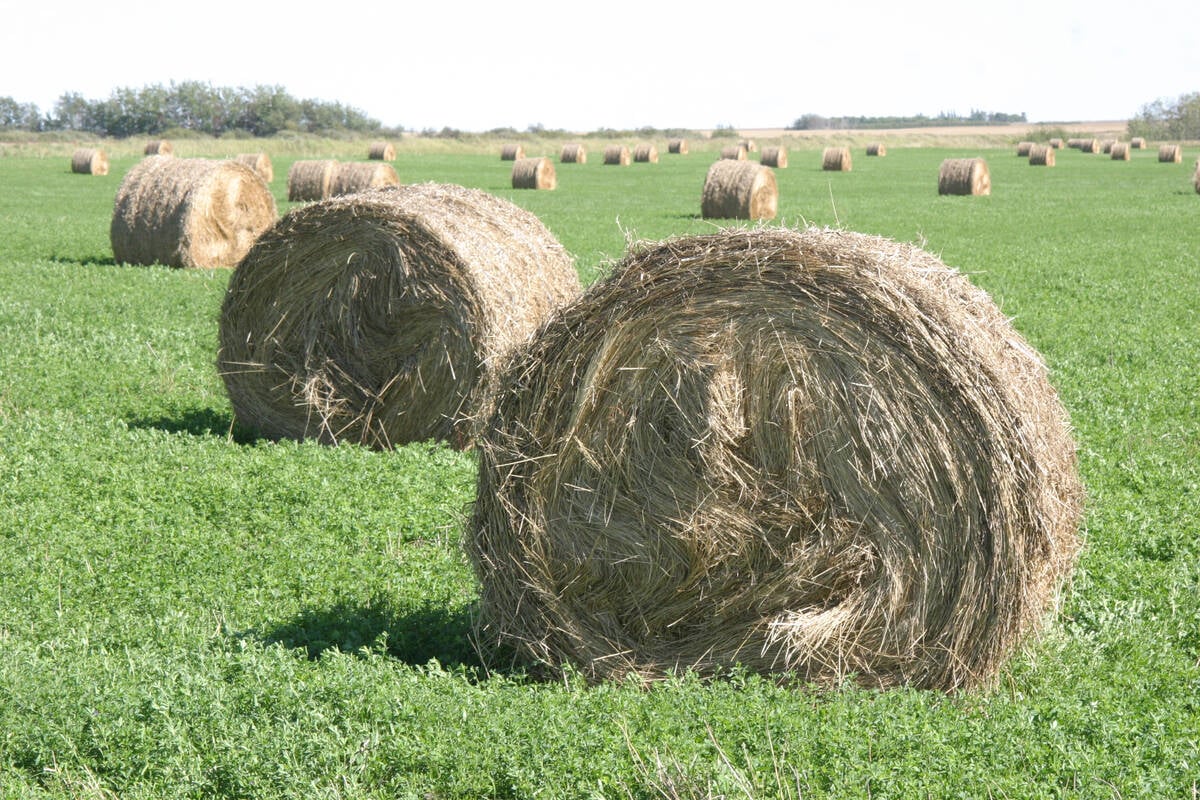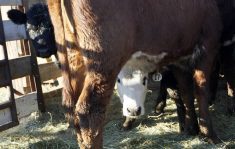Purebred beef producers are invited to take the bull out of sales reports and submit their annual auction or private treaty results to the Canadian Beef Breeds Council.
“We are encouraging them to share some of the final sales data so we know where the industry is going,” said Doris Rempel of the council, an umbrella organization for purebred beef organizations.
Working with Meyers Norris Penny, the council is distributing 5,000 CDs to producers across the country. They can also go on-line at www.canadianbeefbreeds.com to enter information on bull, female and genetics sales.
Read Also

Breaking down successful winter feeding into six steps
It’s that time of year when it is important to start planning for a cow herd’s winter feeding program. Here are six steps I think are necessary to consider when getting your feed tested.
Networking sessions are being held across the country, starting with the Calgary Stampede, to discuss the value of reporting sales results.
While some may not wish to disclose information, individual statistics will not be released, said Rempel. A national database will be created to prove the higher value of purebred females, bulls or genetic material like semen and embryos.
Banks value cattle at commercial rates but the council said it is more correct to assess a purebred at 2.5 times the value of a commercial animal.
The council plans to publish the 2008 data on its website to help substantiate cattle values with lenders, insurance companies and government programs. Sales figures for subsequent years can be submitted semi-annually to nsr@beefbreeds.ca.
Tracking activity in the purebred sales arena involves more than price. A new website, www.cattlemenconnect.com, ran a survey earlier this year to see what influenced bull purchases this spring.
Of 130 people responding, slightly more than half said they bought new bulls this year. Most bought one, usually through private treaty or at a production sale. Only 12 percent of purchases came from consignment sales.
About half bought bulls with paperwork containing DNA markers for specific production traits.
Half said the most desirable trait identified through genetic assessment was meat quality while others sought markers that indicated good maternal traits like calving ease. About three quarters of buyers wanted docility. More than 20 percent were shopping for hide colour.
About half the respondents said they were breeding less than 100 cows this year, with more than a third breeding 100 to 250 cows.
More than 90 percent said they were satisfied or somewhat satisfied with their purchases.















